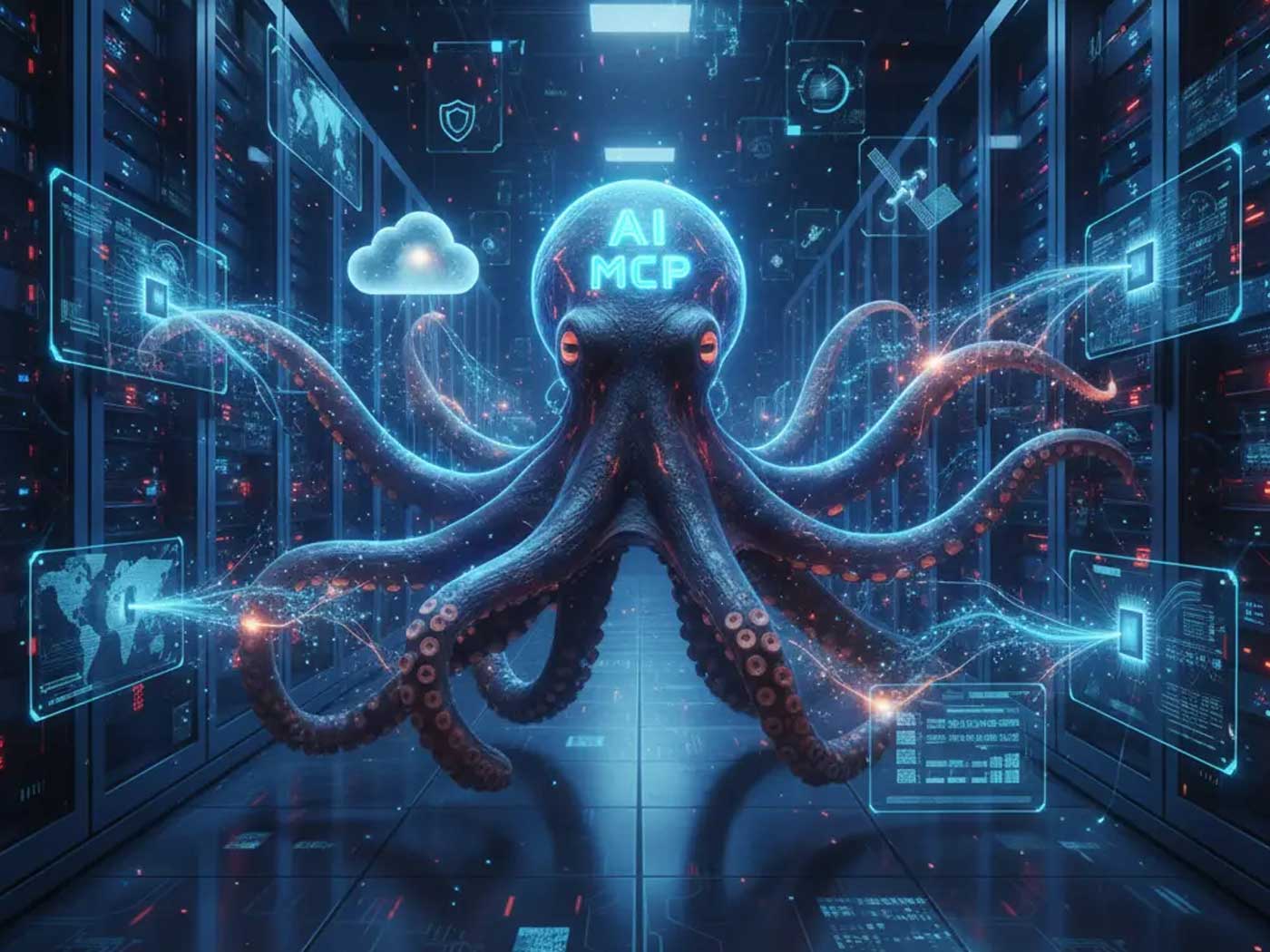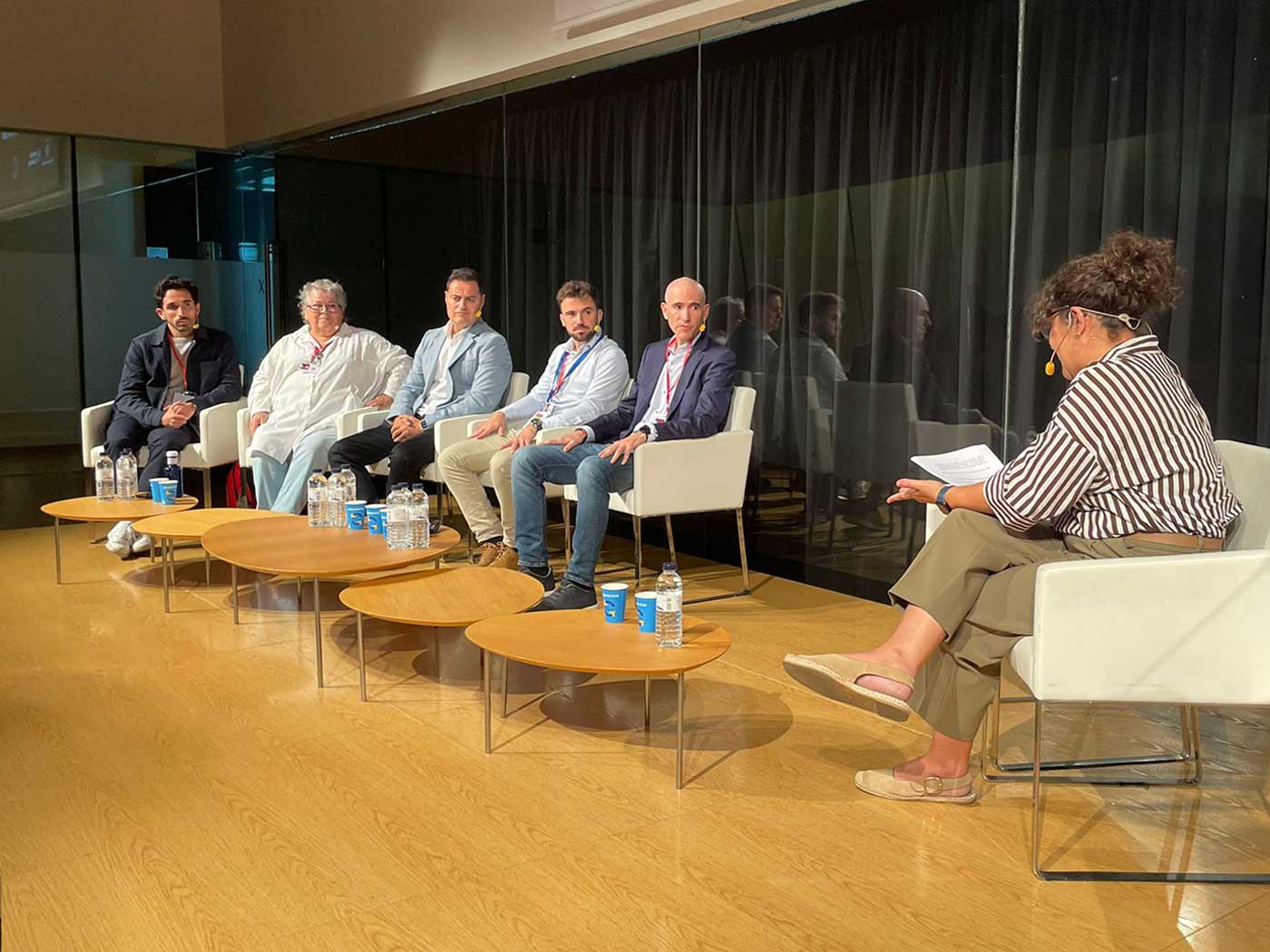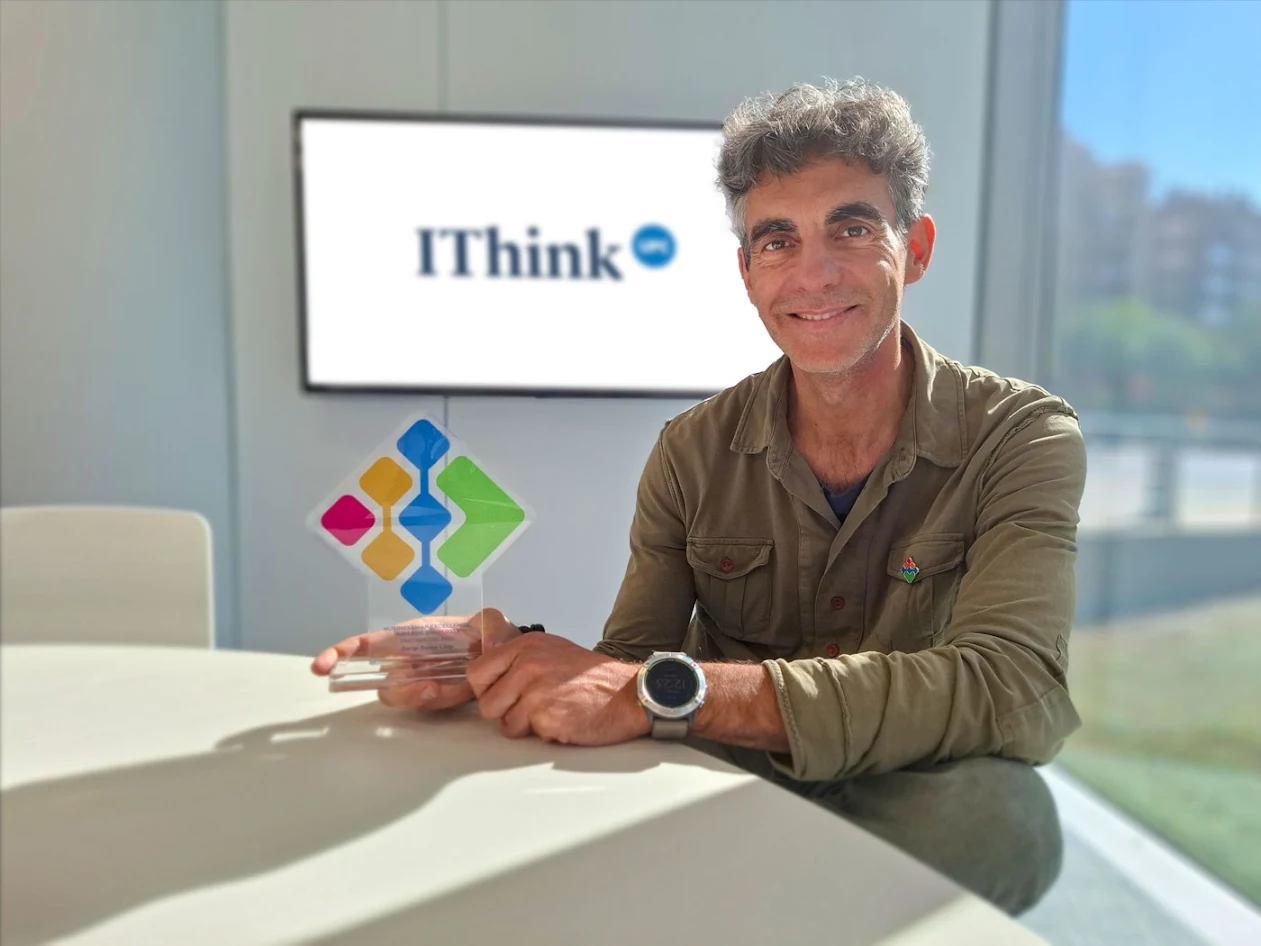In recent months, the Model Context Protocol (MCP) has gained prominence in the debate surrounding the evolution of artificial intelligence. As we continue to push the limits of language models (LLMs), we constantly encounter the same issue: these systems only work well if they have access to the right context. Standardizing how that context is provided is probably one of the most important challenges we face right now.
In November 2024, Anthropic introduced MCP, and since then it has continued to gain traction. The goal is clear: to break the isolation of LLMs and enable them to interact effectively with real-world data and systems.
The problem of infinite integrations
Anyone who has worked on implementing AI solutions in corporate environments will recognize this scenario: every new integration with a database, an API, or a tool requires custom development. The result is a fragmented ecosystem that is difficult to scale and complex to maintain.
This reflects a widely discussed challenge in the technical community: if we have M models and N tools or data sources, we could end up with M × N specific integrations. As both numbers grow, complexity increases exponentially.
MCP tackles this challenge at the root by providing an open and universal protocol. It can be understood as the “USB-C of AI”: a standard, secure, bidirectional interface that connects any model with any data source or external tool, without ad hoc integrations for each combination.
Architecture: simple but effective
MCP’s design stands out for its simplicity. It defines a client–server architecture with three main components:
- MCP Host: the application that runs the model and manages the user interface. It can be the Claude desktop app, an AI-enabled IDE, or any similar environment.
- MCP Client: acts as an intermediary within the host, managing connections with servers and translating the model’s requests into a standard format.
- MCP Server: the component that exposes capabilities, data, or external context to the agent. It can connect to Google Drive, Slack, GitHub, Postgres databases, or even complete development environments. Everything is exposed through a common and predictable interface.
Benefits of implementing MCP
- Agents that actually take action
MCP allows language models to stop being simple conversational assistants and become autonomous agents capable of taking real actions. They are no longer limited by static model knowledge; now they can access real-time data and modify external systems. - Goodbye to custom connectors
Instead of maintaining dozens of specific connectors, development is done against a common protocol. This drastically reduces engineering complexity, facilitates adoption across different LLM providers, and allows new capabilities to be integrated without rewriting core infrastructure.
The advantage is especially clear in enterprise environments where multiple systems coexist and agility is required to evolve AI solutions. - More control, fewer hallucinations
MCP introduces structured context handling based on schemas and validation, bringing direct benefits to production environments:
- Fewer errors caused by malformed or ambiguous prompts
- Greater resistance to prompt injection attacks
- Significant reduction of hallucinations thanks to verifiable data sources
MCP vs. RAG: Competing or complementary?
Both MCP and RAG (Retrieval-Augmented Generation) aim to enrich models with external information, but they solve different problems:
RAG is fundamentally passive: it retrieves relevant information from a knowledge base and incorporates it into the prompt before the model generates a response. It is ideal for chatbots, semantic search engines, or Q&A systems that require precise answers.
MCP, on the other hand, is active and bidirectional. It not only retrieves data, but allows the model to perform actions and modify external systems.
In many projects, the optimal architecture combines both approaches: RAG for contextual enrichment and MCP for action capabilities.
MCP vs. RAG: Two complementary approaches
| Feature | MCP | RAG |
|---|---|---|
| Main goal | Standardize communication between LLMs and external tools to perform actions and retrieve structured data. | Improve model responses by incorporating relevant, factual information from a knowledge base. |
| Mechanism | Defines an open protocol to invoke functions or request data from external servers. | Retrieves relevant text and incorporates it into the model prompt. |
| Interaction | Active and bidirectional: the model can act on the environment. | Passive and one-way: the model only expands its context before responding. |
| Result | Structured calls and execution of real tasks. | More precise and contextualized responses. |
| Use cases | Agents that book flights, update CRMs, or run real-time code. | Chatbots, semantic search engines, and Q&A systems. |
AI is no longer isolated
MCP represents a milestone in the evolution of AI agents. It’s not just about bigger or smarter models; it’s about models that can finally connect to the real world in a standardized way, capable of acting, learning, and collaborating safely.
For those implementing AI solutions, this means more maintainable architectures, faster integrations, and the real possibility of building agents that go far beyond conversation.
The era of truly connected AI has already begun. MCP is not just another tool: it is the infrastructure that makes it possible for AI agents to interact efficiently with the real world.






